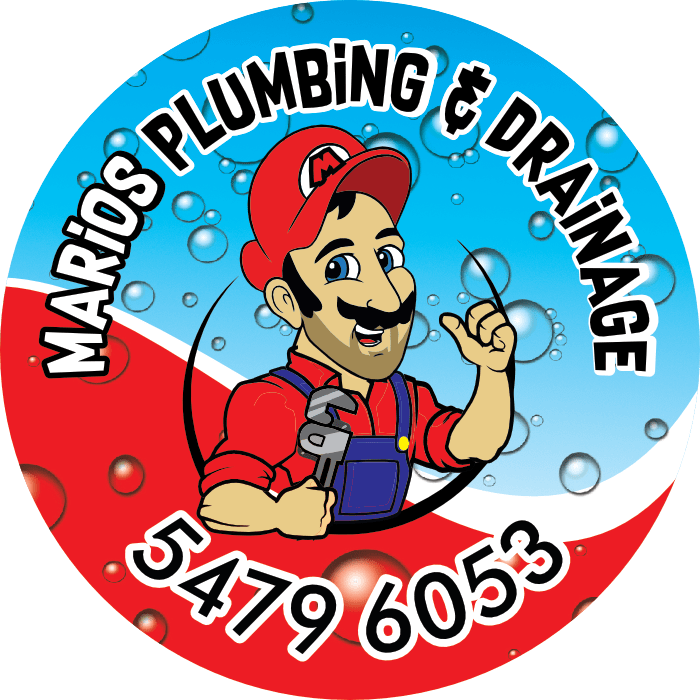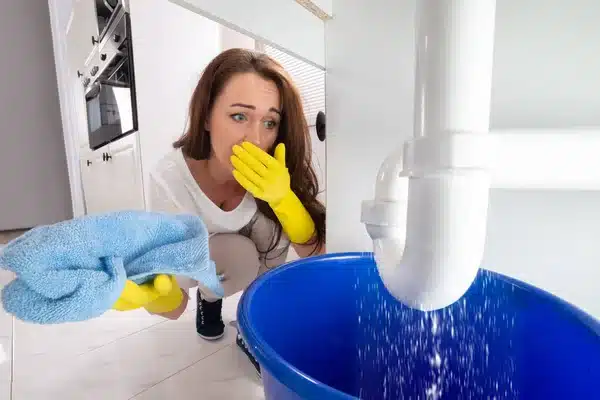G’day, mate! Ever felt like you’re living in a secret water park, but not the fun kind? Hidden water leaks can be a real pain in the neck, causing damage to your home and hitting your wallet hard. But don’t worry, I’ve got your back. Let’s dive into some nifty ways to detect and prevent those sneaky leaks before they turn your home into a soggy mess.
Why Should You Care About Hidden Water Leaks?
Picture this: You’re relaxing on your couch, watching the footy, when suddenly you notice a weird stain on your ceiling. Or worse, you get a water bill that’s through the roof! These are just a couple of ways hidden water leaks can ruin your day.
Water leaks are like uninvited guests at a barbie – they show up unannounced and cause all sorts of trouble. They can damage your walls, floors, and even the foundation of your home. Plus, they create the perfect breeding ground for mould and mildew, which can be bad news for your health.
So, let’s roll up our sleeves and learn how to catch these sneaky leaks red-handed!
1. The Water Meter Trick
First up, we’ve got the water meter trick. It’s like playing detective with your plumbing.
Here’s how you do it:
- Turn off all the taps in your house.
- Check your water meter and jot down the reading.
- Wait for an hour (maybe catch up on some Netflix).
- Check the meter again.
If the meter’s moved, you’ve got a leak somewhere in your plumbing. It’s like your water meter is telling you, “Oi, mate! Something’s not right here!”
2. Keep an Eye on Your Water Bill
Your water bill can be a dead giveaway for hidden leaks. If it suddenly shoots up without explanation, it’s time to investigate.
Compare your current bill to previous ones. If you see a big jump and you haven’t been filling up a pool or watering your lawn more than usual, you might have a leak on your hands.
3. Play “Spot the Stain”
Water stains are like nature’s graffiti, telling you where the problem is. Take a walk around your house and look for any discoloured patches on your walls, ceilings, or floors.
Don’t forget to check less obvious places like the attic or basement. Water stains in these areas can mean you’ve had a leak for a while.
4. Under-Sink Inspection
Time to channel your inner plumber! Check out the pipes under your sinks. Look for any signs of moisture, drips, or puddles.
While you’re down there, give those connections a gentle tug. If they’re loose, tighten them up. It’s like giving your pipes a little hug – they’ll thank you for it!
5. The Food Colouring Test
Here’s a fun one – we’re going to turn your toilet into a science experiment!
Here’s how to do it:
- Drop some food colouring into your toilet tank.
- Wait about 15-20 minutes (maybe do a quick workout?).
- Check the toilet bowl.
If you see colour in the bowl, your toilet’s got a leak. It’s like your toilet is trying to tie-dye itself!
6. Use Your Nose
Your nose can be a great leak detector. If you smell a musty odour, especially in enclosed spaces like cabinets or closets, you might have a leak.
It’s like your nose is telling you, “Hey, something’s not quite right here!”
7. Listen Up!
Sometimes, you can hear a leak before you see it. If you hear the sound of running water when everything’s turned off, that’s a red flag.
It’s like your house is trying to whisper, “Psst, we’ve got a problem!”
8. Water-Sensitive Paper
This one’s a bit high-tech. You can buy water-sensitive paper and stick it in areas where you suspect a leak. If it gets wet, it changes colour.
It’s like having a bunch of tiny spies keeping an eye on your pipes!
9. Puddle Patrol
Take a walk around your property and look for any unexplained puddles, especially near your water heater, washing machine, or outdoor taps.
If you see puddles where there shouldn’t be any, you might have found your leak!
10. Call in the Pros
For those really tricky leaks, it might be time to call in the professionals. They’ve got cool gadgets like infrared cameras and acoustic devices that can find leaks in hard-to-reach places.
It’s like having the CSI team for your plumbing!
Preventing Leaks: An Ounce of Prevention is Worth a Pound of Cure
Now that we know how to spot leaks, let’s talk about how to prevent them.
- Regular check-ups: Give your pipes a once-over every few months. It’s like taking your car for a service.
- Insulate your pipes: This is especially important if you live in an area that gets cold. Frozen pipes can burst and cause major headaches.
- Be gentle with your plumbing: Don’t hang heavy things on your pipes or use them as makeshift coat hangers.
- Update old fixtures: If your taps and toilets are older than your kids, it might be time for an upgrade.
- Install leak detectors: These nifty devices can alert you to leaks before they become a big problem.
Case Study: The Mysterious Case of the Skyrocketing Water Bill
Let me tell you about my mate Steve from Sydney. He got a water bill that nearly gave him a heart attack – it was triple his usual amount!
Steve did some digging and found a leak in his irrigation system. A pesky tree root had damaged one of the pipes. He fixed the leak and his next water bill was back to normal.
The lesson? Don’t ignore those water bills, mates. They can be the first sign of trouble!
Environmental Impact: Every Drop Counts
Fixing leaks isn’t just good for your wallet – it’s good for the planet too. Australia’s a dry continent, and we need to conserve water wherever we can.
By fixing leaks, you’re doing your bit to save water. It’s like being a superhero for the environment!
Future Trends: Smart Homes, Smarter Plumbing
The future of leak detection is looking pretty flash. We’re talking about smart water meters that can detect leaks and alert you through your phone.
There are even systems that can automatically shut off your water if they detect a major leak. It’s like having a plumber on duty 24/7!
FAQs
Q: How much water can a small leak waste? A: Even a small leak can waste a lot of water. A dripping tap can waste up to 20,000 litres a year!
Q: Can I fix a leak myself? A: Small leaks, like a dripping tap, can often be fixed with basic DIY skills. But for bigger issues, it’s best to call in a professional.
Q: How often should I check for leaks? A: It’s a good idea to do a quick check every month and a more thorough inspection every six months.
Q: Are there any government rebates for fixing leaks? A: Some local councils offer rebates for water-saving measures, including fixing leaks. Check with your local council for details.
Q: Can a leak cause structural damage to my home? A: Absolutely. Long-term leaks can damage walls, floors, and even the foundation of your home.
Q: How can I tell if my water meter is working correctly? A: You can do a simple test by using a known quantity of water (like filling a 10-litre bucket) and seeing if the meter registers the correct amount.
Wrapping It Up
There you have it, folks – your guide to becoming a leak-detecting pro! Remember, catching leaks early can save you a heap of money and hassle in the long run.
Keep your eyes peeled, your ears open, and your nose ready. With these tips, you’ll be able to spot and stop those sneaky leaks before they can say “G’day”!
Stay dry, mates!


